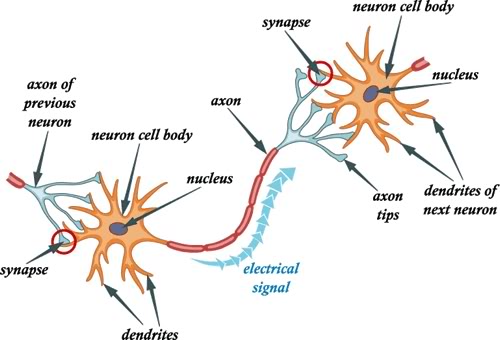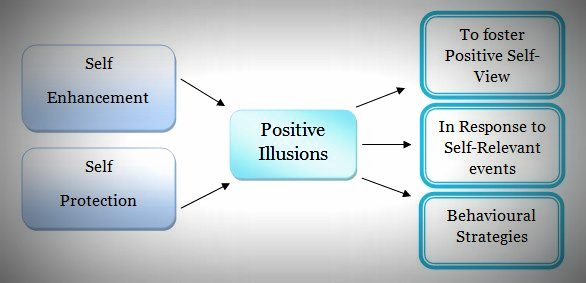Anika was becoming more and more frustrated day by day. She used to be the jewel of everyone’s eyes- her parents and extended family. She was showered with hugs, kisses and gifts on every small occasion. Her life was pretty much normal just a few months back- and now all of a sudden a pathetic excuse for a baby popped into her family, stealing away all the love, care and attention she got. As if the sudden loss of the warmth wasn’t enough, she now had responsibilities to take care of and a list of expectations to meet. More less than not, she was scolded for inappropriate behavior. However, with time, the sudden shock of dethronement declined and she learned to share. She did develop a fondness for her little brother, but one different from her parents. As they grew together, she (as was expected to) acted as a guide and a caretaker for her brother, helpful in some places and strict in others. She had the power over him, right? Why won’t it be! She was the elder one after all. He would be looking up to her and so she had to set examples for him. Perhaps this was the reason she was bent towards perfectionism- high grades in school, good social life, highly motivated, taking charge of situation, sticking to rules and respecting authority.
What I am trying to put forward from the above instance is the importance of birth order and how it impacts personality, something studied extensively by Alfred Adler (1870-1937). Birth order leaves impression on everything from the habitual way of dealing with tasks to friendship, love and work.
First born children are believed to be organized, competitive, high-achieving and goal-oriented, with hints of perfectionism. Here, the word ‘believe’ is incorporated after following thousands of first-born. And yes, not everyone fits perfectly in your ‘average’ firstborn’s description. I’m a first-born myself and although I have most of the traits written above, I don’t think I ever felt ‘dethroned’ much.
Since with their birth, couples become parents for the first time (and couple’s parents become grandparents for the first time), everyone is very excited. Child gets attention from everyone even in the extended family. Pampered and given unconditional love from birth until birth of second sibling, they feel sudden loss of warmth
Continue reading →






 he legend of the Wendigo is one that spreads across the Atlantic coast, Great Lakes region of both United States and Canada along with certain other places mountainous and snow-covered. The tribes residing there believe that those who indulge in eating human flesh would be possessed by the spirit of a Wendigo and over the course of a few weeks would transform into something monstrous: a hybrid creature which is a mix between a reindeer and a hell bent skeleton like body, complementing its mythical features with long claws. Sometimes they are said to mimic human voices in order to lure travelers to their doom- in this and many other ways, they are relatively more intelligent than your average were-reindeer. They are cannibalistic supernatural beings who hunt humans and are associated with nightmarish winter tales and famine.
he legend of the Wendigo is one that spreads across the Atlantic coast, Great Lakes region of both United States and Canada along with certain other places mountainous and snow-covered. The tribes residing there believe that those who indulge in eating human flesh would be possessed by the spirit of a Wendigo and over the course of a few weeks would transform into something monstrous: a hybrid creature which is a mix between a reindeer and a hell bent skeleton like body, complementing its mythical features with long claws. Sometimes they are said to mimic human voices in order to lure travelers to their doom- in this and many other ways, they are relatively more intelligent than your average were-reindeer. They are cannibalistic supernatural beings who hunt humans and are associated with nightmarish winter tales and famine.